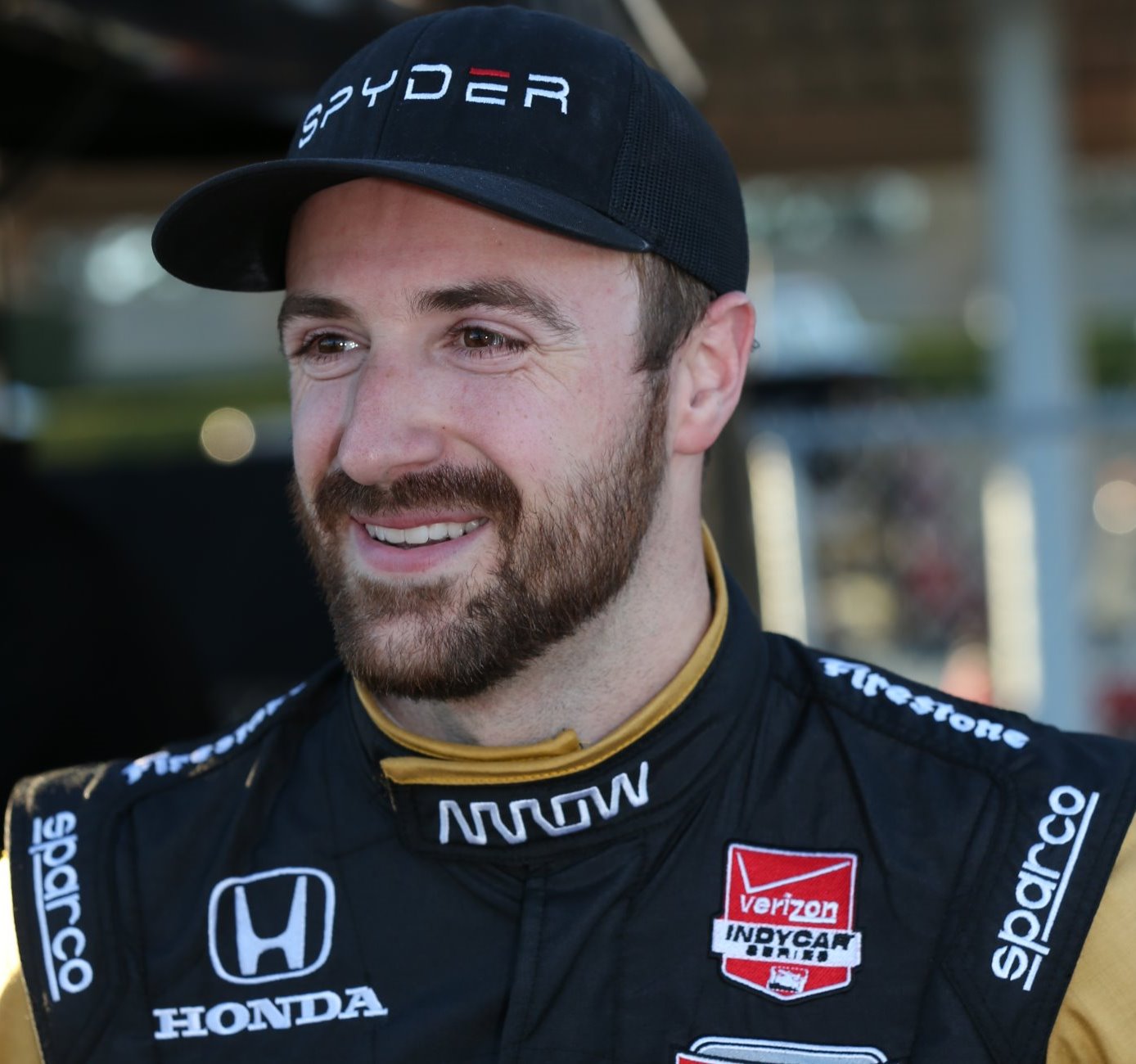Hinchcliffe questions rules for NASCAR IndyCar
 |
| James Hinchcliffe |
James Hinchcliffe may be sidelined from his day job as driver of the No. 5 Schmidt Peterson Motorsports Honda, but it hasn’t stopped him from having some strong opinions on the recent rash of dangerous crashes in the Verizon IndyCar Series and the NASCAR Sprint Cup Series.
In a phone interview with the Toronto Sun Thursday from his home in Indianapolis, he said both IndyCar and NASCAR have to come to terms with the effects of treacherous pack racing that triggered a succession of multi-car wrecks at both the MAVTV 500 two weeks ago at Auto Club Speedway in Fontana, Calif., and at last weekend’s Coke Zero 400 at Daytona International Speedway.
Hinchcliffe, who is still months away from a full recovery from his own massive accident in May at Indianapolis Motor Speedway where he thwarted death when he crashed after a suspension failure, has a unique perspective on what happened at both Fontana and Daytona.
He said the restrictor plate NASCAR races, where cars are inches apart at 200 mph and the high downforce oval races in IndyCar, where cars race three and four wide at 220 mph, often take talent out of the equation.
He said that is the root of problem that resulted in Austin Dillon’s horrific airborne wreck into the fence at Daytona and Ryan Briscoe’s end-over-end crash at Fontana, ironically, while filling in for Hinchcliffe in the No. 5 SPM Honda.
“My issues with races like we saw at Fontana and at the NASCAR plate tracks is that it is not really about talent, it’s about luck, it’s about timing," Hinchcliffe said.
“At Daytona, Dale (Earnhardt Jr.) just drove around blocking the high lane, blocking the low lane. Once he got out front, no one could challenge him.
“That is not to take anything away from Dale, it’s just that the formula for these kinds of races needs to be altered to allow guys to show their talent because that is what makes a hero – it’s not the guy who guesses right on which lane is going to go forward, it’s the guy that drives the car the fastest – he is the guy who should win."
At Fontana, where pack racing was the cause of several major wrecks, Hinchcliffe said track temperature also played a part in the mayhem.
“In IndyCar’s defense what ended up happening – at least a good chunk of it – was because the much lower temperatures were not what they expected," he said.
“A place like that, another 10-15 degrees in temperatures at the track would have taken away much of the grip.
“We would have seen much more of the kind of racing that we saw in the first segments of that race.
 |
| It takes real talent to run 4-wide and not touch and crash. Hinchcliffe doesn't think IndyCar drivers should do it. Is it because he is not confident they have the talent to race side-by-side and not crash? |
"The guys were taking chances going low to make passes early on, but they were not going four wide lap after lap, like they were at the end of the race."
Hinchcliffe, however, said he feared that the outcome at Fontana could have been much worse.
As it was, all the drivers involved in wrecks walked away as did those in the NASCAR race at Daytona.
“What bugged me about Fontana was that had that been any other oval it would have been an old-school IRL classic pack race," he said.
“We got away with it at Fontana because there is four racing lanes there.
"We dodged a bullet in that sense."
In the face of such danger, Hinchcliffe believes there is no quick fix, but he does think a joint effort by all the stakeholders could find something that would retain the excitement in racing while limiting the danger.
"I do think that a balance can be found," he said.
"I think it needs to be a three-way conversation among drivers, engineers and the sanctioning bodies.
"I think that the three parties working together can come up with something."
Hinchcliffe said he is aware that when race cars reach speeds of more than 200 mph it only takes a miniscule mistake to create chaos and the key is finding the delicate balance between racing and wrecking.
"It is an imperfect science and it’s going to change year to year, as cars change, as tire compounds change, as the weather changes, even what day of the week the race falls on – all of those contribute to what level of danger there is at a track," he said.
“If we stay on top of it I think that we can manage it."
As for his recovery from the injuries suffered in his own crash, Hinchcliffe said everything is looking up.
“Recovery is going well," he said.
“Getting closer to that next surgery at the end of this month, so that is the next big hurdle, but once that is done we are on the home stretch and we will go from there." Dean McNulty/Toronto Sun
